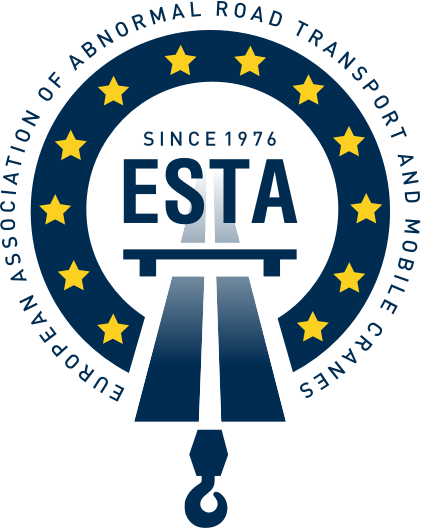The mobile crane market covers a wide range of equipment, contract forms and types of work.
Some main categories of crane types are as follows:
Truck-mounted cranes
These machines predominantly have telescopic booms, although they are also available with lattice booms. They are designed to travel on public highways and are often based on – or mounted on – commercially available truck chassis. They are powered by a diesel engine and employ hydraulic systems to drive the boom and lifting gear.
Crawler cranes
These machines are mounted on crawler chassis and are generally fitted with lattice booms on a slewing upper structure.
All terrain cranes
All terrain cranes are designed to have the road-going mobility of a truck mounted crane as well as the ability to operate in rough terrain conditions. Featuring a truck chassis, they have similarities to truck-mounted cranes, but are differentiated by large tyres to provide ground clearance and off-road mobility, a multi-axle chassis and all-wheel drive and steering.
Rough terrain cranes
They usually have two axles and feature high ground clearance and high floatation tyres for off-road manoeuvrability, which is also aided by all-wheel driving and steering. It is not usually permissible to drive rough terrain cranes on public highways, although there are exceptions in certain countries.
(Source Off-Highway Research)
According to Off-Highway Research, in Europe an estimated 95 per cent of wheeled cranes and 85 per cent of crawler cranes are sold into the rental market with small numbers bought directly by end users such as construction contractors or industrial clients.
As in all construction equipment sectors, rental – as distinct from direct ownership – has grown in popularity in many countries in recent years as it reduces risk for the contractor or client and minimises upfront investment.
The crane market typically is served by privately-owned, often medium-sized companies that have a strong bond with their equipment and markets, and a commitment to their customers.
The world’s two biggest crane -owning companies according to the latest IC50 Index are Mammoet from the Netherlands, followed by Sarens from Belgium. Both companies are active ESTA supporters. In 2019, Mammoet consolidated its position as the biggest crane owning company with the acquisition of ALE from the UK.
Germany is the centre of European crane manufacturing production and is the main global source of all-terrain cranes. More than 3,300 mobile cranes of all types were produced in Germany last year, with 85 per cent being all-terrain cranes. Some 80 per cent of the mobile cranes manufactured in Germany last year by Grove (Manitowoc), Liebherr and Tadano were exported to other countries.
Whilst the design and construction of mobile cranes in the EU is regulated under the EN-13000 construction norm which applies all over Europe, the regulations with regard to the use and operation of mobile cranes vary from one EU country to the next. It is ESTA’s goal to try and harmonize this muddle of national rules and regulations in the interest of safety and efficiency.
